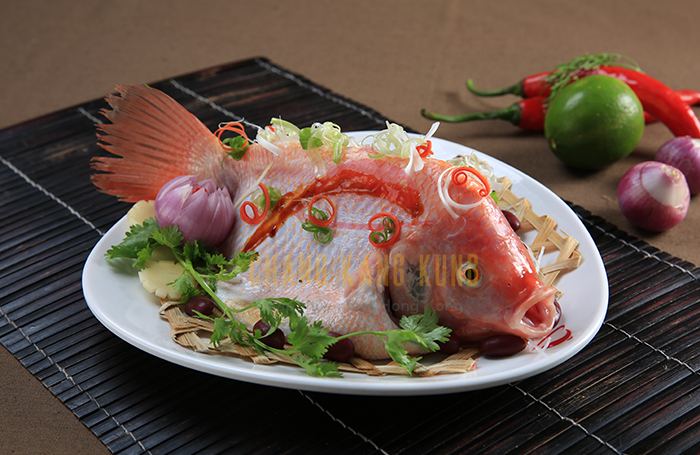

in Library Science, and eventually a Ph.D.

You persevered through all this trauma, eventually coming to the United States, where, through a long, winding road, you acquired an M.A. At the same time, your grandfather, who had remained in China, was persecuted by the Communists for his Taiwanese connection, and committed suicide. He was imprisoned when you were six, and you did not see him again until you were sixteen. As your book Journey Through the White Terror: A Daughter’s Memoir describes it, during hard times in Beijing your father took the family to Taiwan, where after four years he was arrested by the Nationalists during the White Terror and imprisoned for ten years. It is important to mention in lauding you how challenging has been the personal history you have overcome. With Ellen Widmer you co-edited Writing Women in Late Imperial China, making neglected Ming and Qing women’s poetry accessible to the world with Haun Saussy, Women Writers of Traditional China, bringing together representative selections from the work of some 130 poets from the Han dynasty to the early twentieth century and with Stephen Owen, the field-defining Cambridge History of Chinese Literature, an account of three thousand years of Chinese literature, accessible to non-specialist readers as well as scholars and students - all of these opening a world of Chinese literature to those who otherwise might not be able to access it. But though these early works put you on the map, they were only the beginning.īeyond your single-authored scholarly monographs and your prodigious output in Chinese, you have also edited important contributions to your field. Your earliest books in English, The Evolution of Chinese Tzu Poetry, Six Dynasties Poetry, and The Late-Ming Poet Ch’en Tzu-lung, established you as one of the foremost scholars of traditional Chinese literature not only in North America, but also in the world. Daesin University competition, Changsin University competition and 3rd Prize. A prolific author and editor, you have published eight books in English and thirty books in Chinese, alongside almost a hundred scholarly articles. Kang is the recipient of numerous prizes, her honors include 1st prize. Princeton University, faculty member at Yale since 1982: You are a scholar of classical Chinese literature with a special expertise in poetry and broad interests in comparative studies of poetry, literary criticism, gender studies, and cultural theory and aesthetics. Chace ’56 Professor of East Asian Languages and Literatures We conclude that atmospheric microplastics require further research and greater understanding to identify its global distributions and potential exposure to human health through further field sampling and implementation of standardized analytical protocols.Malcolm G. Fibres and fragments are the most frequently reported shapes and the types of plastic which generally aligns with world plastic demand. It has been shown that rice and maize GLK1 proteins are related to each other with a highly conserved structure. Microplastics occur in the atmosphere from urban to remote areas, with an abundance/deposition spanning 1–3 orders of magnitude across different sites. Furthermore, we summarize the findings related to atmospheric microplastic characteristics, including abundance, size, shapes, colours, and polymer types. Chang believes that medical care for children and clinical outcomes can be improved with devices designed specifically for pediatric use. We review and compare the methods used in the previous studies and provide recommendations for atmospheric microplastic sampling and measurement. This paper reviews the current status of knowledge on atmospheric microplastics, the methods for sample collection, analysis and detection.

These questions arise due to limited physical analysis and understanding of atmospheric microplastic pollution in conjunction with a lack of standardized sampling and identification methods. There still exist questions regarding the occurrence, fate, transport, and effect of atmospheric microplastics. Microplastics have recently been detected in the atmosphere of urban, suburban, and even remote areas far away from source regions of microplastics, suggesting the potential long-distance atmospheric transport for microplastics.


 0 kommentar(er)
0 kommentar(er)
